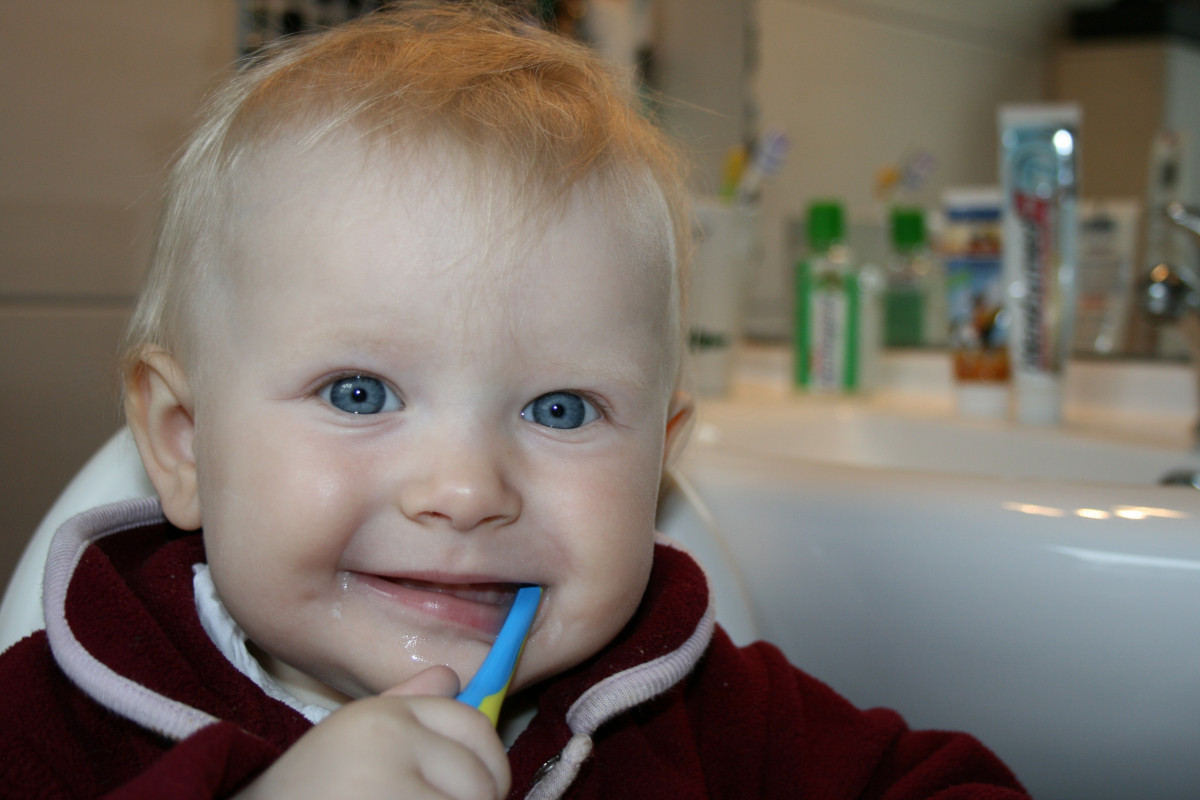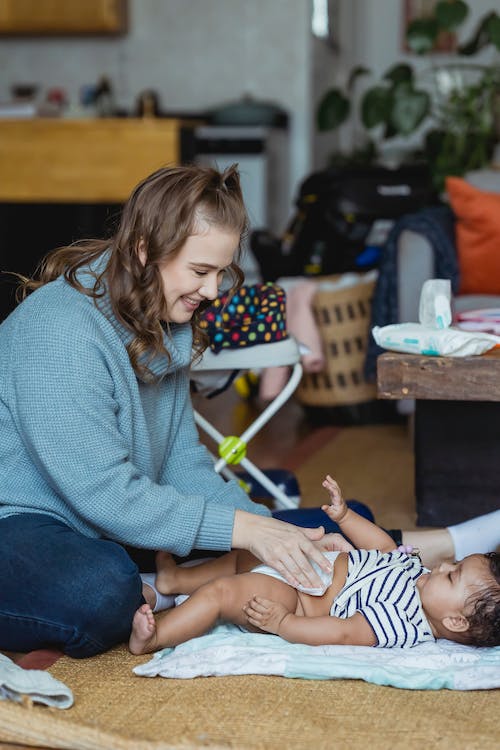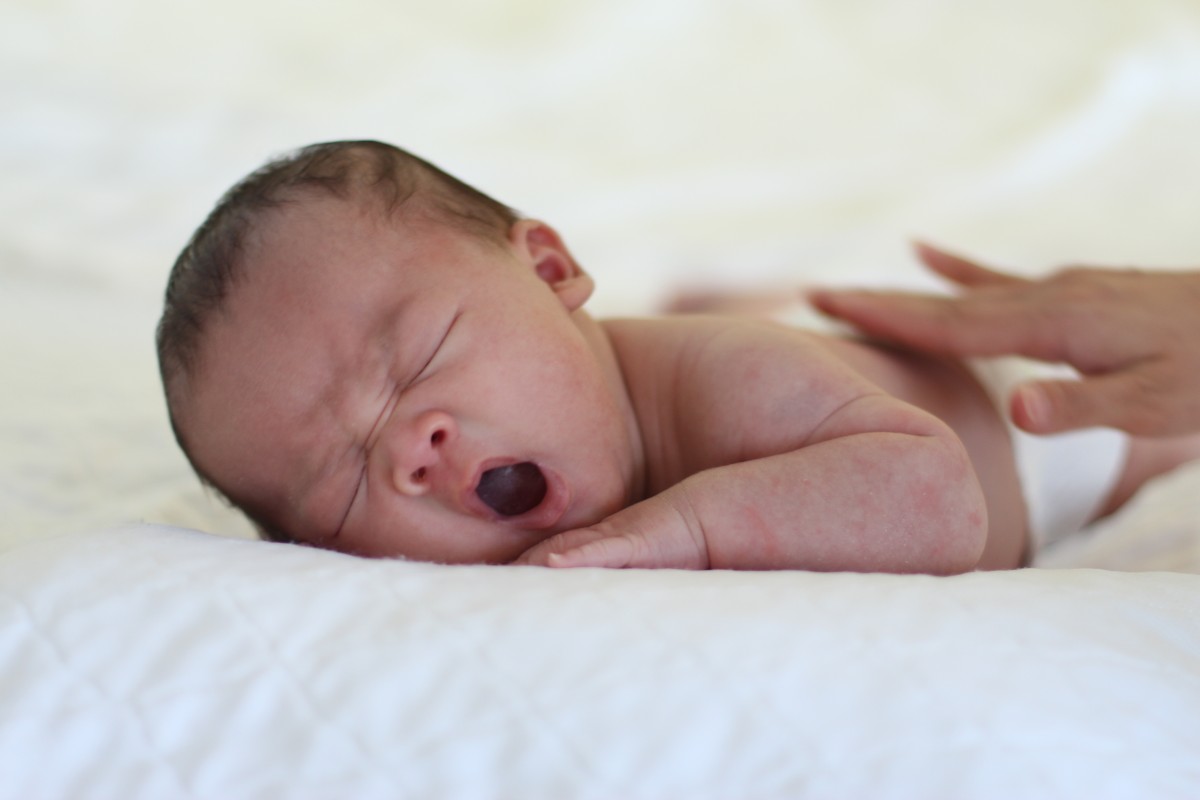Essentials of Natural Child Care
Summary
– Principles of Natural Child Care
– Advantages of natural infant hygiene
– Limits of natural hygiene: a method that requires a high investment
Wearing diapers, if it makes life easier, has advantages! That’s why some parents choose to do without them, totally or partially. Baby’s red bottom, an overflowing garbage can, an exploding budget…
But then, how do they do it? They opt for natural infant hygiene, a method based on communication with their baby, to allow him to satisfy his elimination needs in an alternative way. And does it work? You will find the answer in this post!
Principle of the natural infant hygiene
Natural infant hygiene, called “elimination communication” in the United States, is a method that involves identifying the need to evacuate urine and stools in a baby and allowing him to do it in a suitable place, such as the toilet, rather than on himself.
It is based on the infant’s awareness of this physiological need from birth and his ability to express it.
Generally, when adults do not consider the signals, and the child wears diapers, he gets used to not considering those signals. Potty training will come later when the child is old enough to be considered ready for it.
Good to know: this method does not consist of early potty training but is based on respecting the child’s needs.
Listening to your baby

Several parameters are integrated to determine if the child needs to relieve himself:
– his natural rhythm: by carefully observing the infant, it is possible to determine the moments of the day the most favourable for elimination: after the feeding, at the awakening… ;
– the detection of the signals that he emits when the need is felt: to tighten the legs, to agitate them, to frown, to have a concentrated glance, to make a pause in the activity, to emit particular sounds… They vary according to the child and are more or less explicit;
– intuition: when a parent spends a lot of time with his baby, he can perceive his needs even if they have not been expressed;
– Incitation: it is possible to associate a word or a sound with natural needs; the adult then uses it to suggest to the child to relieve himself.
How to allow your baby to relieve himself?
An infant is, of course, unable to sit on a toilet or a potty; it is, therefore, necessary to find adapted solutions to allow him to relieve himself comfortably. For example:
– the adult holds the baby over a sink or a basin, holding him under the thighs, his back resting on the forearms, with his buttocks above the container;
– the adult sits on the toilet and holds the baby between his legs.
Good to know: in China, many children wear the kāidāngkù, a pair of pants open at the level of the buttocks, which allows them to satisfy their needs at any time!
Benefits of natural child hygiene
The reasons which push more and more parents to opt for natural infantile hygiene are multiple:
– To respect the environment: if we consider that a child becomes clean at the age of two and a half and that it is necessary to change him 6 times a day on average, we reach the figure of 2190 disposable diapers per child for one year, that is to say, a ton of waste. These protections take between 300 and 500 years to degrade.
– Save money: the financial cost of buying disposable diapers is about $1,500 per child, from birth to potty training.
– Baby’s comfort: Wearing wet diapers is not very pleasant… and they can trigger diaper rash. In addition, they hinder children’s movements.
– Early potty training: as children stay in tune with their sensations, they learn to control them more quickly, showing their desire to manage them independently.
Note: It is recommended to start this method before the child is 4 months old. However, it can be started later.
Limits of natural toilet training: a method that requires a substantial investment
The practice of NPH requires a great deal of availability on the part of the adults who care for the baby. It can be difficult to manage if you have several young children or during outings.
The method can be used when conditions are most suitable. And wearing disposable or washable diapers is always an option in certain complex cases: car trips, visits to friends, etc.
It is necessarily part of a mothering approach, of great closeness with one’s child.







